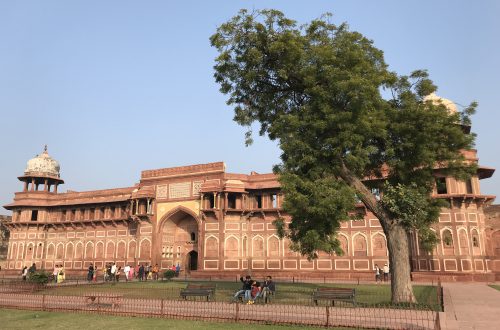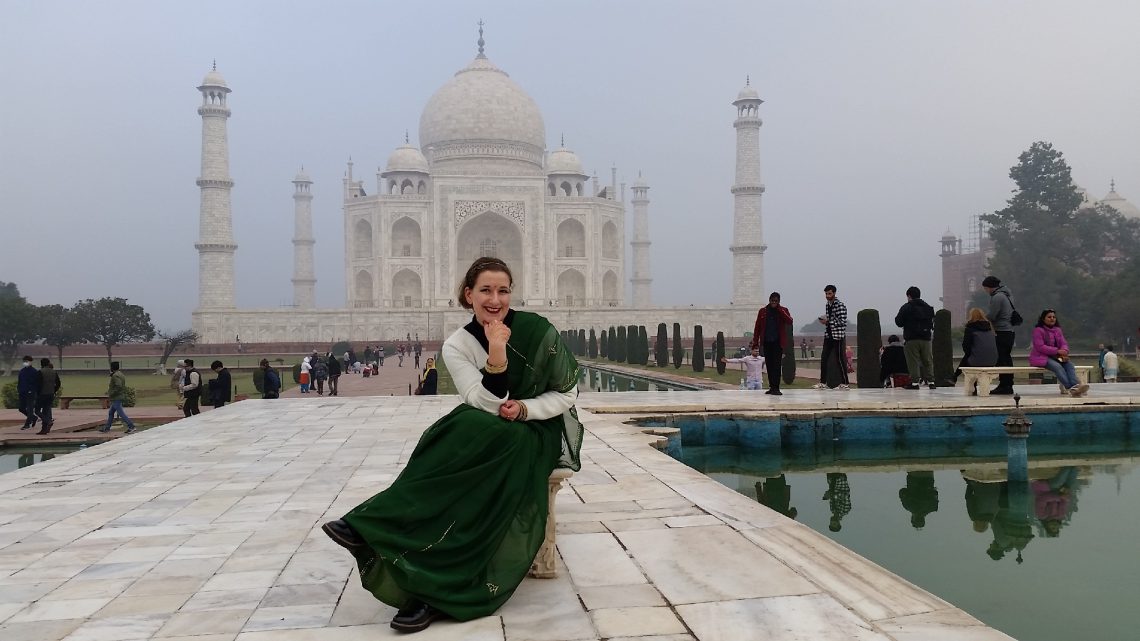
The Taj Mahal – a masterpiece that gives shape to love
There are two kinds of people in the world. Those who have seen the Taj Mahal and love it, and those who have not seen the Taj Mahal and love it. I would like people to watch the Taj Mahal and fall in love with it. – Bill Clinton
The Taj Mahal – Agra’s and probably India’s most celebrated monument – might be the only building in the world that has managed to materialize and give shape to a glorious love story. Build from Shah Jahan after the death of his beloved Mumtaz Mahal, it stands until nowadays as a reminder of how love can transcend centuries.
Mumtaz died during her 14th child birth. Before passing away, she asked her beloved husband of three things: that he did not remarry, that he took good care of their children – even the one that she was giving birth to at that moment, and that he built her a monument to celebrate her and their love.
Shah Jahan soon started to look into ideas for the glorious monument that his wife asked him to build for her, but none intrigued him enough. Then, one day, he saw the idea for the Taj Mahal and ordered the start of the construction without any hesitation.
Everyone in Agra was wondering why he has decided for this building, especially because many thought that some of the other plans were much more glorious.
He said: when I think and dream of my beloved Mumtaz, this is what I see.
A wish come true: what did I see in the Taj Mahal?
Agra stands still while engulfed in the dawn. For the first time in my life I wake up before the sun is up, before my alarm rings. I can feel my heart beating a bit faster. Today is the day when I am finally visiting the Taj Mahal – a moment I have been waiting for my entire life.
I lay quietly in the bed. I do not move. Felix is still sleeping and I just stare at him for a moment. I recall how I’ve always imagined I would end up visiting Agra alone and that somehow this would be one of the most special moments in my life. Yet, here I am now, waiting for the person I love to wake up and share this day with me. We will be visiting one of the World’s most romantic places – together.
I finally get up at 6 o’clock. I interrupt the quietness in the city with my heavy steps, as I go into the kitchen of my host family. It is time for my make up and sari. I am too excited to even cherish or remember this moment. There are brushes and pads on my face. Colorful palettes and dark eyeliners flash in front of me. Still, I somehow feel detached. I am too nervous to show interest in the art of Indian make-up right now.

At 6:45 we reach the Taj. I can see its glorious dome peaking above the front gate, through the fog, standing there like a mystical image in a dream. Shah Jahan’s dream. It is like a castle in the air, floating, trembling, yet fixed on Earth for all ages.
I pass the gate. My knees tremble a bit, my eyes fill a bit with tears. The Taj is at a first sight so simple, symmetrical, plain white. It dominates the end of a wonderful garden, perfectly separated in four parts. This number is not chosen randomly. Shah Jahan wanted to create paradise on Earth for his beloved Mumtaz, so he followed the Islamic text of the Mugal period which talked a lot about Paradise. They described Paradise as an ideal and symmetrical garden with four rivers flowing from a central spring and separating the garden into north, west, south and east.
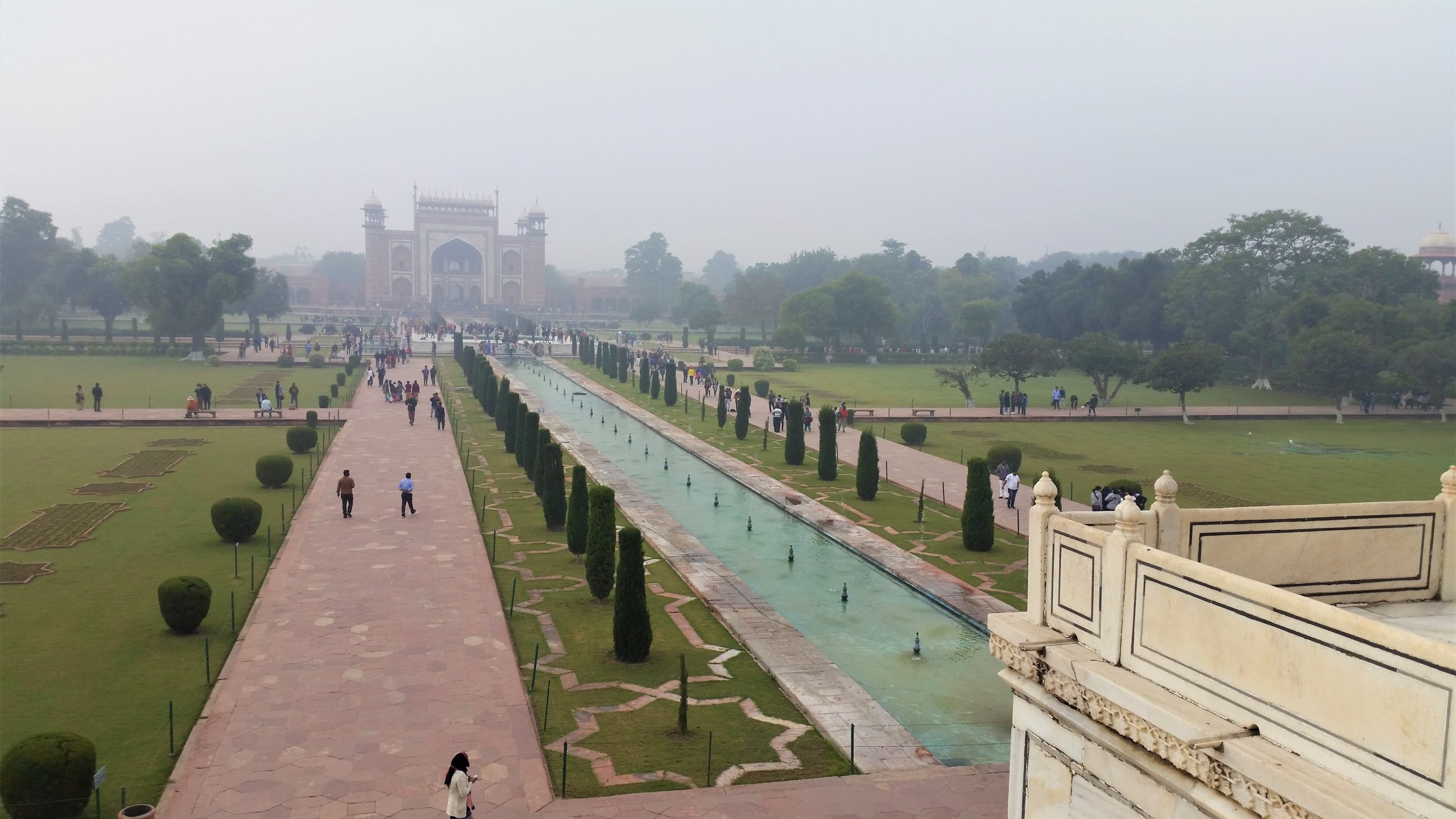
Walls never remind me of love; I associate them more with being trapped, imprisoned; yet, at the Taj they speak loudly of letting your loved one go in peace. True love knows of no prisons. Shah Jahan wanted to free Mumtaz’s soul and thus he built eight doors – each along a side of a perfect octagon so that her soul would have access to heaven. Once again, Islamic texts guided him. According to them, there are eight doors to heaven, and the Taj Mahal has them all. They stand as an insurance that if Mumtaz’s soul did not enjoy the garden Paradise on Earth, then at least she should be able to leave peacefully.
As I approach the Taj even more, I notice that the translucent marble is in thousands of shades – not only white. It changes in color at sunrise, noon, sunset, or at full moon. Like the love in our hearts, the Taj adapts to its environment and reminds us that our entire being shines when the light of our soulmate’s soul touches us. The towers are tilted at two degrees outwards, so that they would not fall on the main mausoleum in case of an earthquake. The eternal home of the lovely Mumtaz must be protected forever.
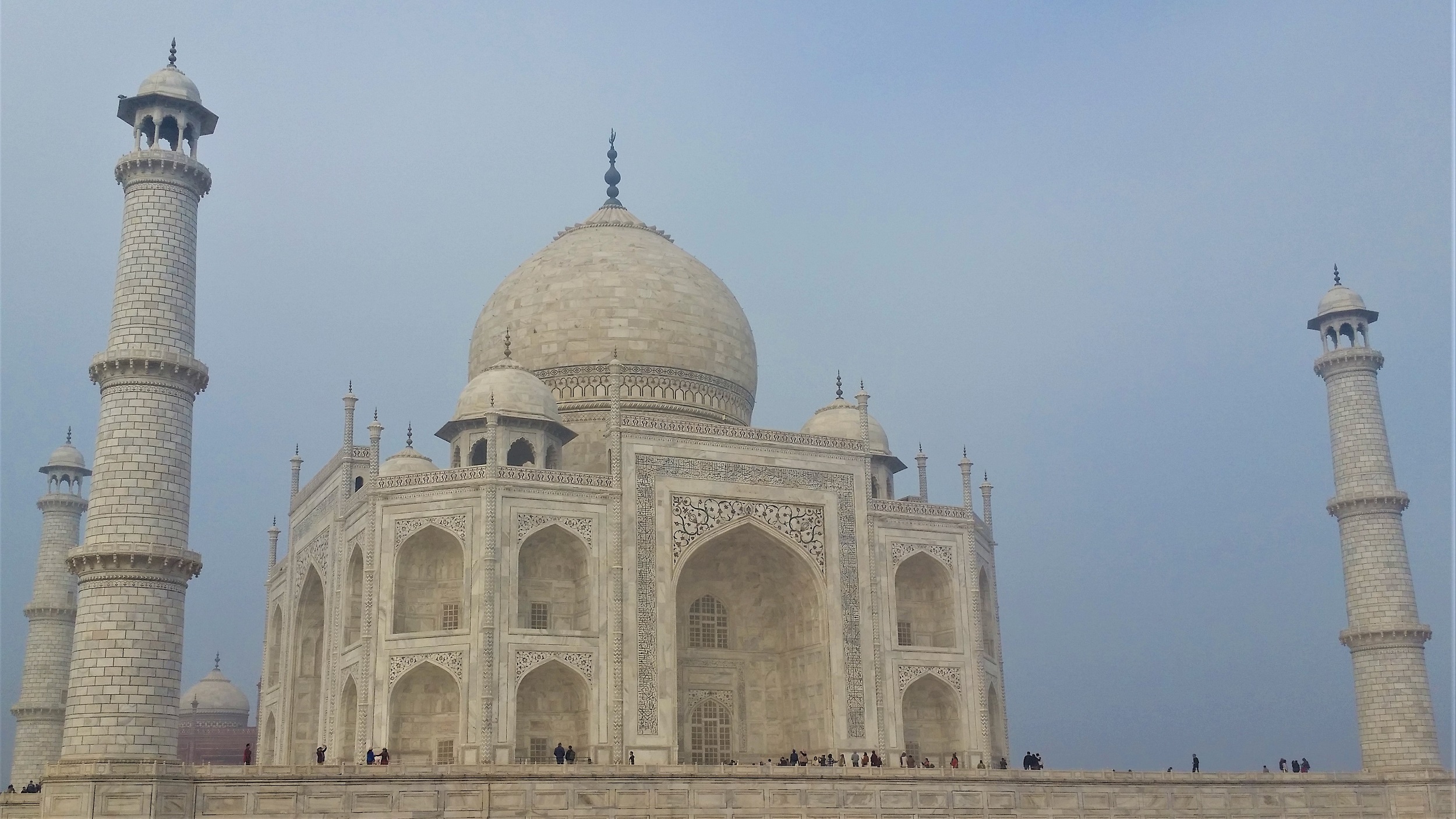
 The marble also speaks to me of strength and its white color to the ability to start anew. For many, white is the color of healing. The celebration of new life. The stillness of the vast whiteness is interrupted only by carved in floral patterns from semi-precious stones. They are so delicate, yet so sophisticated and beautiful. I like to think that this is how Shah Jahan perceived Mumtaz. No human is one-sided or one-colored, but we need to get close enough to them and pay attention to the details in order to cherish them in all of their beauty and existence.
The marble also speaks to me of strength and its white color to the ability to start anew. For many, white is the color of healing. The celebration of new life. The stillness of the vast whiteness is interrupted only by carved in floral patterns from semi-precious stones. They are so delicate, yet so sophisticated and beautiful. I like to think that this is how Shah Jahan perceived Mumtaz. No human is one-sided or one-colored, but we need to get close enough to them and pay attention to the details in order to cherish them in all of their beauty and existence.
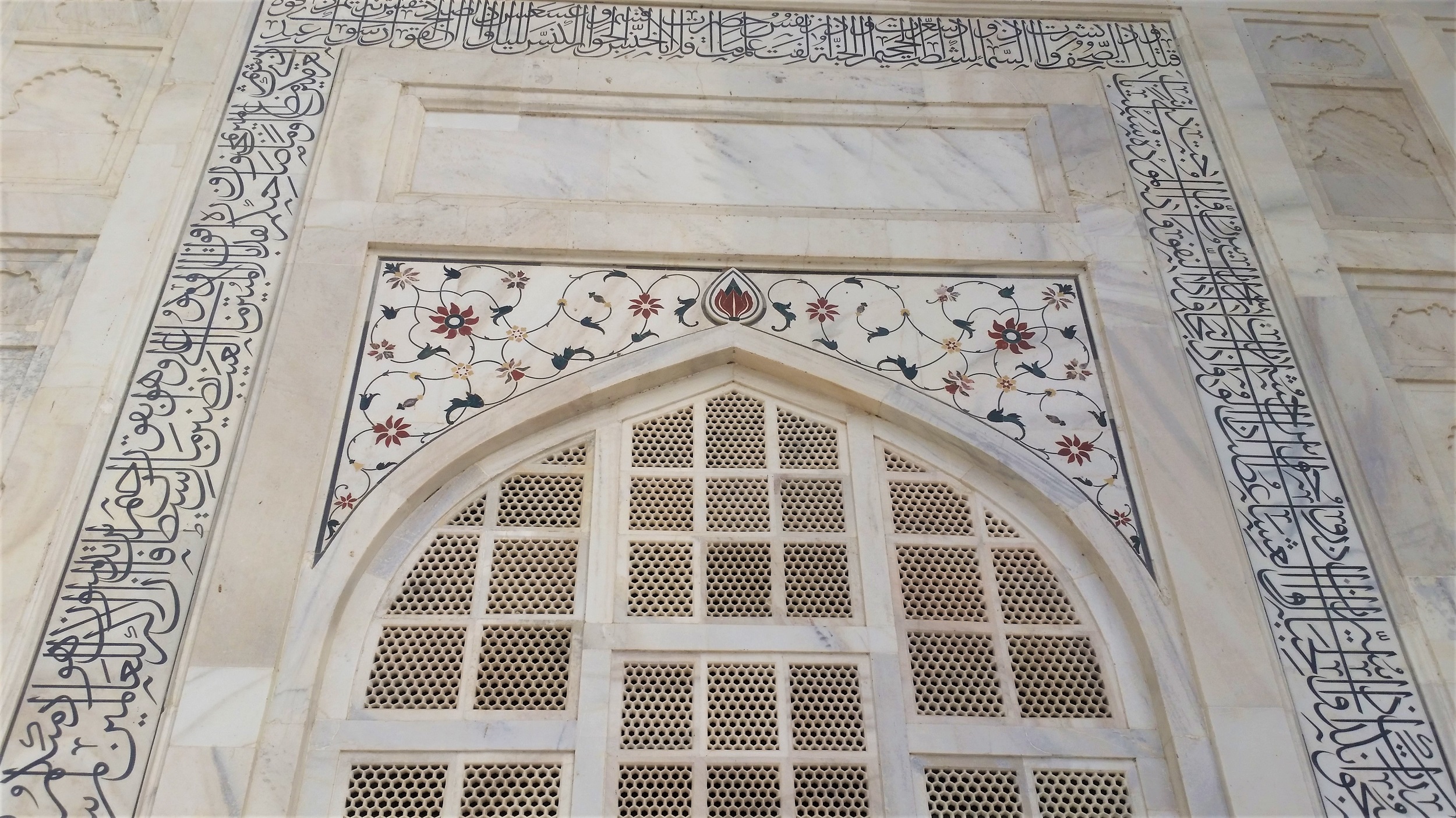
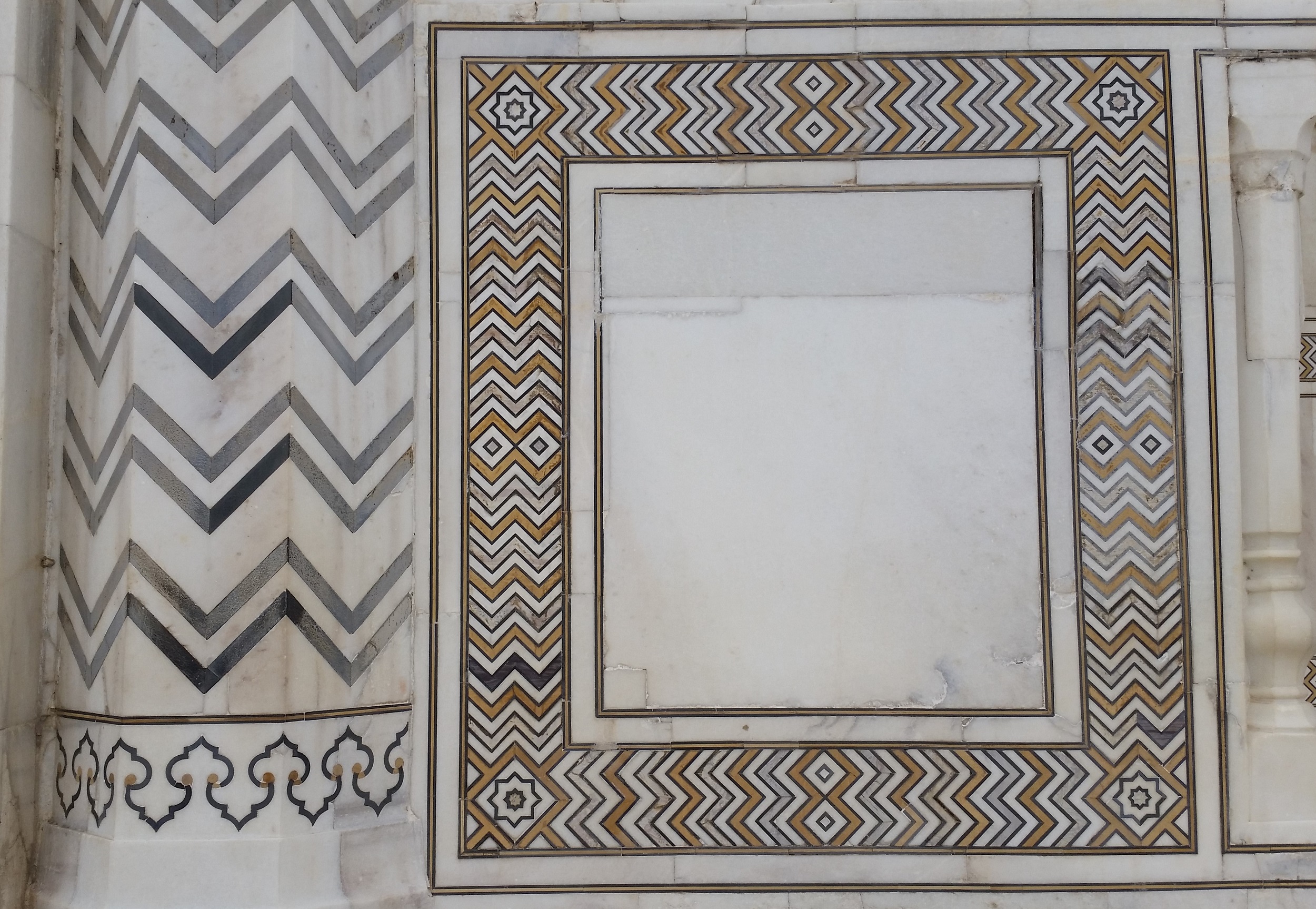
There is not a single drawing or painting at the Taj. Why would there be, when paintings’ colors go pale with time? But, once you carve in marble and glue stones in it – they stay there for all eternity. It took twenty-two thousand (22 000) people and twenty two (22) years to build and decorate the Taj. They buried stones into the marble, to remind us of all of those flesh-buried touches, smiles, and words of our loved one that we never fail to forget, even when everything else fades away. Even when they fade away and finally leave this Earth.
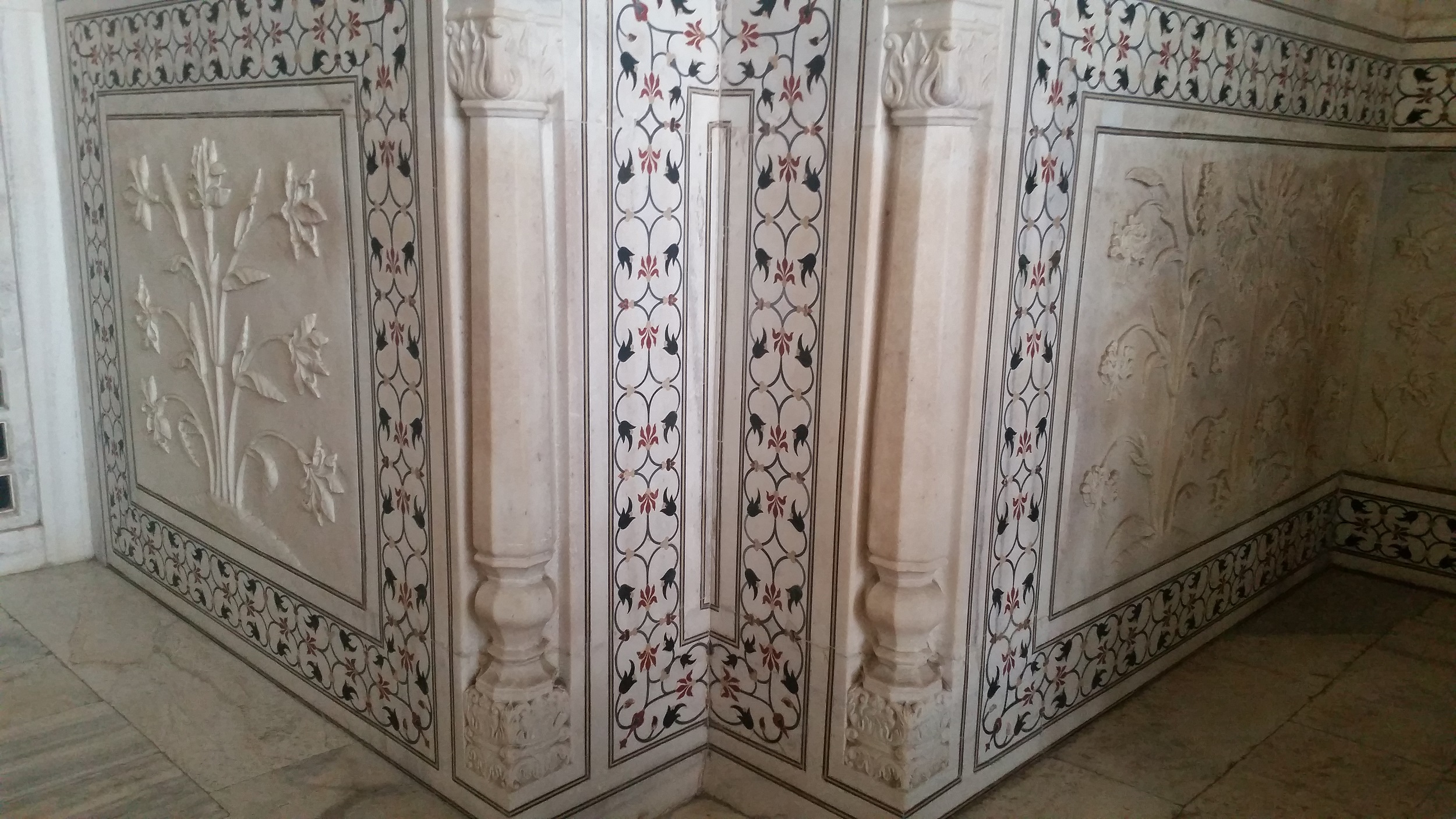
Whether Mumtaz reached heaven is a mystery, as it is whether she and Shah Jahan met in heaven once again. Far from the heavenly doors – if they exist at all – we walk this earth centuries later and gasp at the beauty of the great Taj. Indians are extremely proud of it, and they should be. They do everything to maintain the glory: shoe covers, no photographs in the main mausoleum, restorations and reparations every Friday.
Finally, no words, paintings, or photographs do justice to this timeless love story. For many year, I feared that the Taj Mahal might disappoint me when I finally see it. You know that cliché saying: when you expect too much, expect only a disappointment. However, not only that it did not disappoint me, but it surpassed all of my expectations. I am one of the lucky ones, and I will forever remember the sight of the great Taj.
You know Shah Jahan, life and youth, wealth and glory, they all drift away in the current of time. You strove therefore, to perpetuate only the sorrow of your heart? Let the splendor of diamond, pearl and ruby vanish? Only let this one teardrop, this Taj Mahal, glisten spotlessly bright on the cheek of time, forever and ever. – Rabindranath Tagore
P.S. If you want to read more about Agra, other than the Taj Mahal, visit my previous post here.





